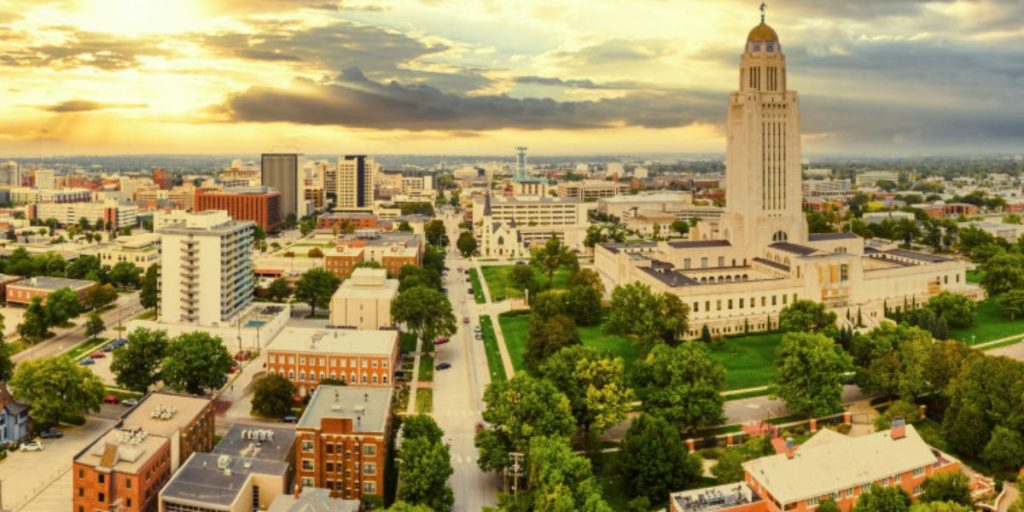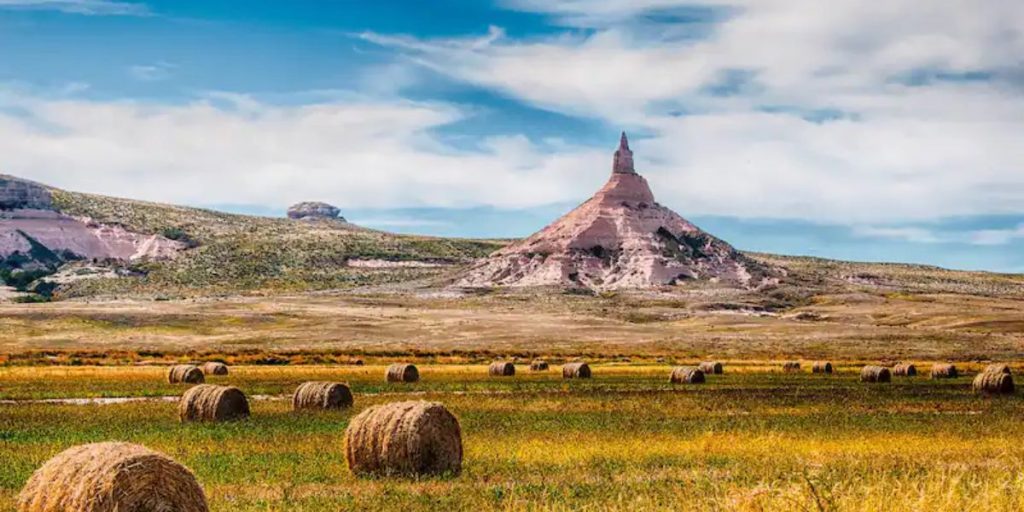Nebraska is the 16th largest state in terms of land area. In terms of population, however, it ranks 38th. Approximately half of Nebraskans live in the state’s southeastern quarter, in Omaha, Lincoln, their urban districts, and surrounding towns.
In the rural areas, 51 of Nebraska’s 93 counties lost population in 2021-22. Six counties are witnessing very sharp population reductions. Looking at these can help us better comprehend the state’s general tendencies.
But first, let’s take a look at some of the national and statewide trends influencing Nebraska’s counties.
Population Trends in Nebraska

Nebraska’s population increased by 0.22% between 2021 and 2022, somewhat higher than the national norm of 0.19%. It acquired more people than its southern and eastern neighbors: Kansas, Missouri, and Iowa. However, Nebraska’s northern and western neighbors, South Dakota, Wyoming, and Colorado, all experienced faster growth rates.
Much of Nebraska’s population increase occurred in counties located just outside the metropolitan areas of the main cities. This represents a widespread shift of individuals out from congested urban areas since COVID-19.
Despite development in these areas, 51 of Nebraska’s 93 counties saw population declines between 2021 and 2022. This was an improvement from 2010 to 2020 when 68 Nebraska counties lost more population than they gained.
Rural counties frequently see declines as young people move for school and work opportunities elsewhere, leaving an older population with a lower birth rate and a higher mortality rate. Another factor is that elderly individuals may relocate to be closer to their children and grandkids or to retire in a warmer environment.
Learn More:
- 5 Neighborhoods in Fresno, California Are Considered Unsafe to Live
- Explore the Most Dangerous Adrenaline-Fueled Twisted Highway in Arizona
Compare Nebraska’s Fastest-Shrinking Counties
| Counties | % population lost 2021-22 | Residents lost 2021-22 | 2023 population | 2022-23 annual growth rate | 2050 projected population |
| Dundy | -16.78% | -337 | 1,549 | -2.21% | 1,059 |
| Hooker | -12.21% | -90 | 705 | -0.28% | 712 |
| McPherson | -12.06% | -65 | 357 | -3.77 | 254 |
| Boyd | -11.68% | -246 | 1,723 | -1.66% | 1,219 |
| Garden | -10.99% | -228 | 1,820 | -0.98% | 1,039 |
| Webster | -10.24% | -390 | 3,269 | -1.27% | 2,853 |
Dundy: Dundy County is located in far southwestern Nebraska, on the boundary between Colorado and Kansas. This landmark has earned the nickname “Cornerstone of Nebraska.” The county seat is Benkelman. The community advertises its health care and senior amenities, school system, churches, restaurants, a nine-hole golf course, fishing and camping options, and a vineyard. It is a three hours drive from Denver International Airport.
Hooker: This County in west-central Nebraska is named after Civil War General Joseph Hooker. Mullen, with a population of 500, serves as the county seat. The North Fork of the Dismal River flows south of the settlement. Ranching accounts for 97% of the county’s land area. There are 72 cattle producers in the county.
McPherson: This County was founded in 1890 from Logan County to the east. It is named for James B. McPherson, a Civil War general. McPherson has the smallest population of any Nebraska county and is the fifth-least populous county in the entire USA! The county seat is Tryon.
Boyd: It is located in northeastern Nebraska, between the Niobrara and Missouri rivers. Although the rivers keep it well-watered, it is also prone to flooding. The county is located along Nebraska’s northern border with South Dakota. Interestingly, the majority of the county was not part of Nebraska when it became a state, but was moved from Dakota Territory in 1882.
The county seat, Butte, has a population of 326. The town has three incorporated towns, each with fewer than ten people: Anoka (population six), Gross (population two), and Monowi, the only incorporated city in the United States with only one citizen.

Garden: Garden The county is located in the western Nebraska panhandle. The county’s founders believed it would become a new “Garden of Eden,” but the reality did not match the expectations. The arid environment and farming methods of homesteaders contributed to the Dust Bowl of the 1930s.
Garden County’s population peaked at 5,099 in 1930 but has since declined. Today, the county’s natural environment is one of its most valuable assets. It has bird-watching sanctuaries, hiking routes, and breathtaking canyons.
Webster: This was established in 1871 in honor of American statesman Daniel Webster. It is situated on the south-central border of Kansas. The county seat is Red Cloud.
The town’s main claim to fame is that it was the birthplace of famed American novelist Willa Cather, who wrote classics including My Antonia and O Pioneers! Her house is now a bed & breakfast, and the community has regular events to commemorate her life and achievements.
Read More: Explore 5 Most Dangerous Neighborhoods in Fontainebleau, Florida
Conclusion
Nebraska, the 16th largest state, grapples with population disparities as urban areas grow, while rural counties face declines. Despite a modest statewide population increase, over half of Nebraska’s counties experienced declines in 2021-22.
Examining counties like Dundy, Hooker, McPherson, Boyd, Garden, and Webster sheds light on the challenges faced by rural areas, including aging populations and economic factors contributing to depopulation trends.